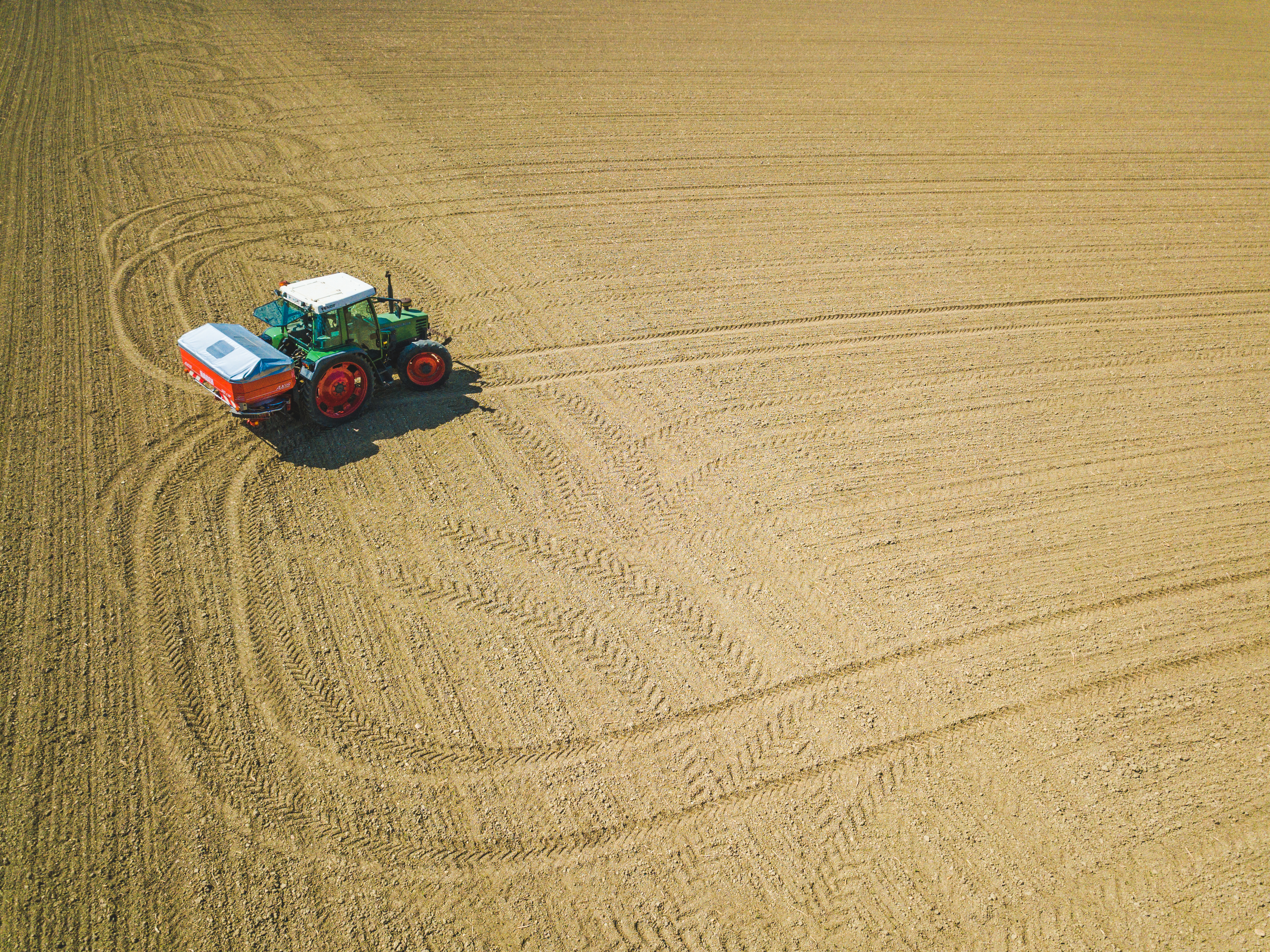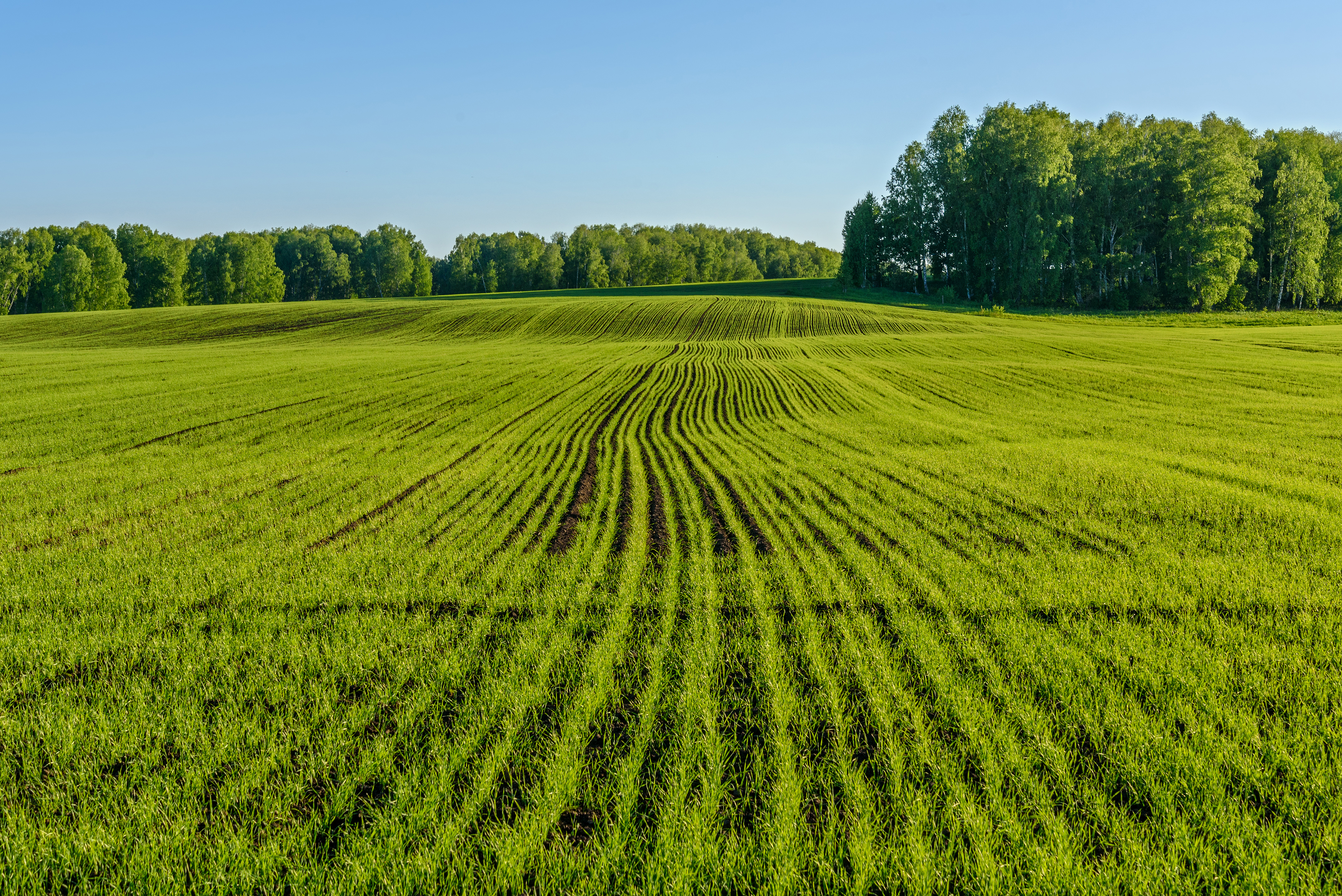






Adjust nitrogen supply to demand in order to avoid lodging.
Oats have a strong root system.
Beware of copper and manganese deficiencies.
Oats are a good preceding crop to other cereal crops.
Like rye, oat is often planted as the last crop in crop rotations. However, it is also a good preceding crop to wheat thanks to its ability to reduce the prevalence of certain plant diseases.
Due to the risk posed by nematodes, oats should be grown when there has been a break of at least four years between sowing. Further, no barley should be grown during this break either.
Seeds should be sown as early as possible. This facilitates good use of the winter moisture and good tillering.
It is seldom necessary to apply fungicides. Growth regulators reduce the risk of lodging at very high yield expectations.
Oat straw is easily digestible and used as fodder. Therefore, the straw is often removed from the fields.
(Unit/t of production)
(Unit/t of production)
N
22
16
Sensitive
P₂O₅
11
8
Sensitive
K₂O
23
6
Sensitive
MgO
4
2
Moderately Sensitive
SO₃
3.5
2
Moderately Sensitive
TE
Cu and Mn sensitivity
When growing winter oats, basal fertilization in autumn can be beneficial and can provide the nutrients required. An appropriate supply of potassium increases winter hardiness.
First N-fertilisation at the beginning of growth

Second N fertilization

The first N-supply facilitates rapid vegetation cover and thus a better use of the winter moisture. Due to the short growth period, the first N fertilization is carried out 5 to 14 days after sowing and should be applied in combination with phosphate, potassium and sulphur (COMPLEX NPK+S).
The second application is carried at the beginning of bolting. Splitting the N fertilization is recommended if the total N amount exceeds 60kg/ha. If fertilization is split the first application should be 60 to 70% of the total N amount.
LAT Nitrogen Austria GmbH
St.-Peter-Strasse 25
4021 Linz, Austria





